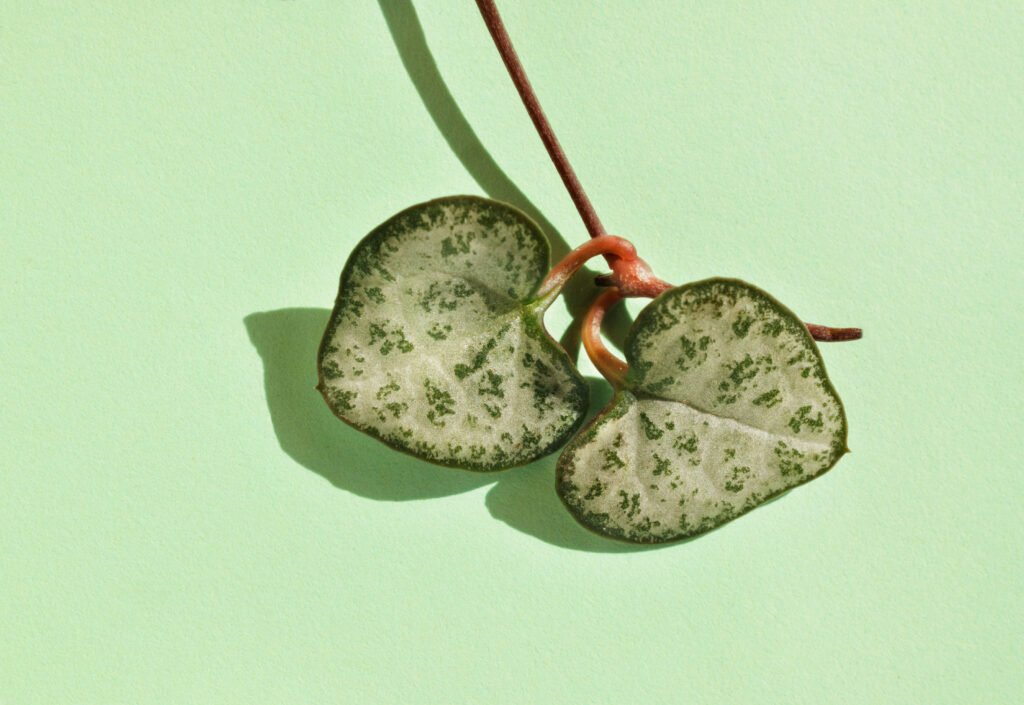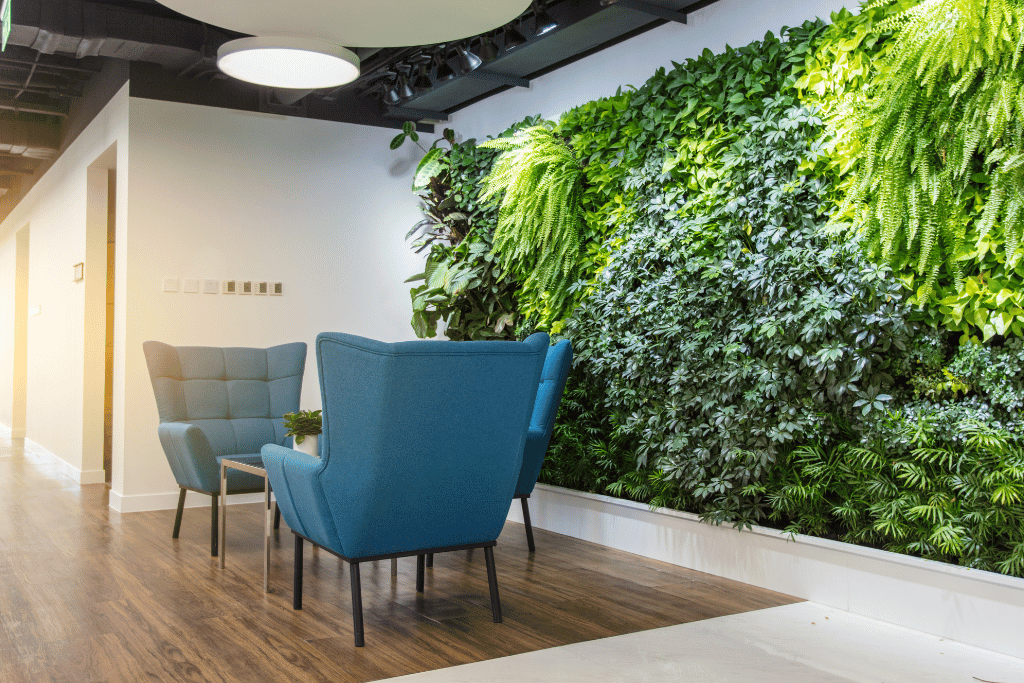One of the most common methods people use to grow new bonsai trees is by growing bonsai from seed. Tree seeds are easy to obtain and inexpensive. You can collect seeds from local trees in autumn, or buy them from garden centres and nurseries or online.

Growing Bonsai from Seed
There are advantages and disadvantages to growing bonsai trees from seed, such as being able to get some intense twists and bends in the trunk line from a young age. However, grown from seed, trees can take years to develop into a bonsai.
In this article, I’ll tell you how you can successfully propagate bonsai trees from seed and care for them, ensuring they survive the initial growth stages. Progress can be slow, but it’s rewarding.
How and Where to Get Tree Seeds
Instead of purchasing seeds from a retailer, why not collect some yourself? Chances are that you’ve got a few trees in your area which produce seeds, such as oak or maples. It’s a straightforward process.
For example, maple trees produce samaras which look like little helicopters, containing maple seeds. They’re ready for collection once the samara is dry brown. Oak trees produce acorns which you will find scattered around the mother tree. When collecting these, ensure they’re either green or brown, with no holes from insects.

If you don’t live near trees like this or prefer a simpler way of doing this, you can buy seeds from a retailer. Garden centres and nurseries may sell tree seeds; however, in my experience, they don’t – mainly just flower and vegetable seeds. You can get seeds from online retailers for very cheap and in mass quantities; make sure you don’t buy ‘bonsai tree seeds’ as there is no such thing! You are looking to buy a species or variety of tree and grow this into a bonsai.
Stratification
When you’ve collected or bought your seeds, most of them will have to undergo a cold period, referred to as ‘stratification’. This usually occurs in their natural habitat and helps to induce germination/increases germination success. Not all trees will have to do this, but it is recommended for species such as pines, maple, and oak.
How to Stratify Your Seeds
Growing bonsai from seed will usually require stratification. I recommend first letting them soak in lukewarm water for around 24 – 48 hours. This way, you can also pick out any bad seeds. If any seeds float, then it’s likely that they are not viable, and you should refrain from planting them or use them for a separate batch as they may not germinate.
After they have soaked, you need to put them somewhere cold such as in a refrigerator, for a certain amount of time. Some species will require less time for stratification, while some may require a few months. Search online and determine how much time the species you are propagating requires.
Before I place them in the refrigerator, I usually soak a bit of paper towel and then wrap the seeds in it, putting a plastic bag over them. This helps to retain the moisture for the time they’re in the fridge.
Planting the Seeds
Once your seeds are stratified, you can now move on to planting them! First, you’ll need to prepare a soil mix for them. It should be composed of something such as compost and perlite or any other seed mix you prefer, like one containing sharp sand. It should be able to hold water, but not too well; otherwise, the seeds may rot.
I usually start seeds in large trays as doing one per pot is quite optimistic, as not all of your seeds will germinate. By using large trays, you can grow many seeds at once, ensuring that you at least get one.

Once your soil mix is ready, remove the seeds from the damp paper towel and spread them across the surface with a reasonable distance between them. Once this is done, sprinkle more of your seed mix over the top of the seeds, ensuring they are covered. You can then water the seeds thoroughly. I suggest using a plant label to write down when they were planted and what species they are – otherwise if you’re growing bonsai from seed quite a lot you might get confused on which are which.
Caring for the Seeds
You should pay attention to the soil moisture usually every day, ensuring that the mix doesn’t dry out. When it begins to dry out, you should water it thoroughly again. Make sure the soil isn’t always soggy, as this will cause the seeds to rot, and the chance of germination will decrease.
The seeds should be placed somewhere with a good amount of light but away from direct heat. This will also prevent the soil mix from drying out too quickly, which will decrease germination chance.
Once the seeds have germinated, you can let them grow for a while if they are in their own separate soil (in a tray, for example) and then repot them when they outgrow it, or you can separate the seedlings further down the line.
Keeping the Seedlings Alive
Now that you’ve got your seedlings, you might wonder how to keep them alive! Caring for seedlings can be harder than a fully-fledged tree, but it’s not that hard. Their needs are a bit different such as watering and fertilizing.
Watering
Due to their small size, seedlings need a bit less water than older trees. Their water demand can be relatively low initially, but it can change a lot in the growing season. Check the soil’s moisture by using your finger to poke an inch deep – this will help you judge when to water the seedling.

Some species, such as wisteria, require much more water, so their seedlings may need watering more often. Keep this in mind when propagating different species of trees at once.
Fertilizing
Hold off on feeding that seedling! Growing bonsai from seed isn’t exactly the same as your older trees – it would be best if you didn’t fertilize seedlings as soon as they germinate. Otherwise, this can burn the roots and kill them exceptionally quickly. I like to give the seedlings a few months up to a year before I fertilize them.
When fertilizing seedlings, I typically dilute fertilizer a lot more than I do with my older trees. As they age, you can start to apply higher concentrations, but it’s much safer to do it this way initially. I’ve found that seedlings can handle fertilizer better than cuttings. However, this could vary due to many different factors.
Repotting
As mentioned before, you should repot your seedlings when they have run out of space to grow (becoming root bound). I usually separate them into their own pots after a few weeks or months, allowing them to push roots into the pot with no competition from other seedlings.
It would help if you were very careful when repotting seedlings, though, as they most likely have a minimal amount of roots and can be pretty tender. Try not to disturb the roots as best you can while repotting.

I like to keep seedlings in compost for a while instead of inorganic soil such as Akadama, as this provides them with the nutrients they need and a good amount of water. It can also get expensive to use akadama for all of your seedlings.
Frequently Asked Questions (FAQ)
How easy are seeds to germinate?
A good majority of the species which are used for bonsai can be germinated quite easily from seed given the proper care. However, some can be pretty tricky to get to germinate. I recommend researching the species you are trying to germinate, as there are usually a lot of helpful growers who have done it successfully and can suggest some specific advice.
Is it easier to grow bonsai from seed or cuttings?
I think this question depends on personal preference. For me, growing bonsai trees from cuttings is a lot easier as I’ve done it a lot more with reasonable success rates. I started with a ‘bonsai tree seed kit’ and managed to germinate a pine and an alder, with the rest not surviving. To this day, only the alder has survived and has developed quite a thick trunk within two years – although it has been planted in the ground. As with seeds, some species will be harder to strike from cuttings such as maples.
What is scarification?
Although it sounds similar to stratification, it’s not the same thing! Some tree seeds require their coating to be chipped a bit before sowing. Otherwise, they aren’t able to germinate, such as acacia. Interesting fact – some tree seeds can’t grow in nature until they are subject to a forest fire!
So that’s it, you can see it’s possible to start growing bonsai from seed quite easily, be patient as your little trees grow and in time you’ll be rewarded with healthy new bonsai.



